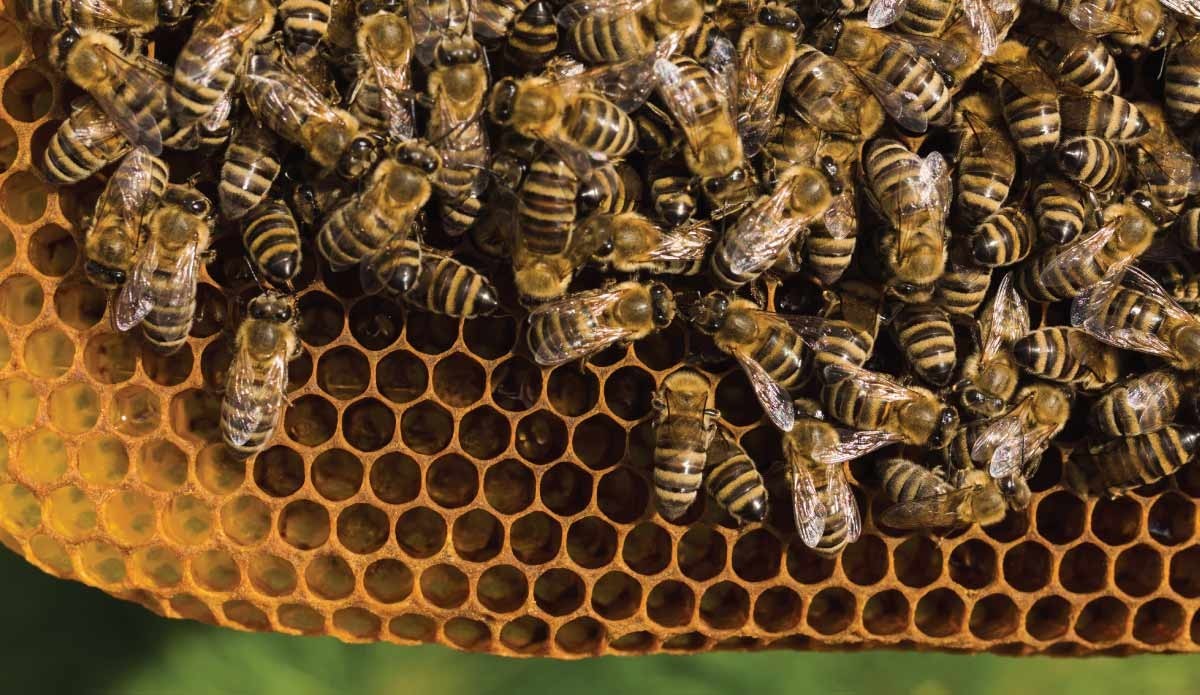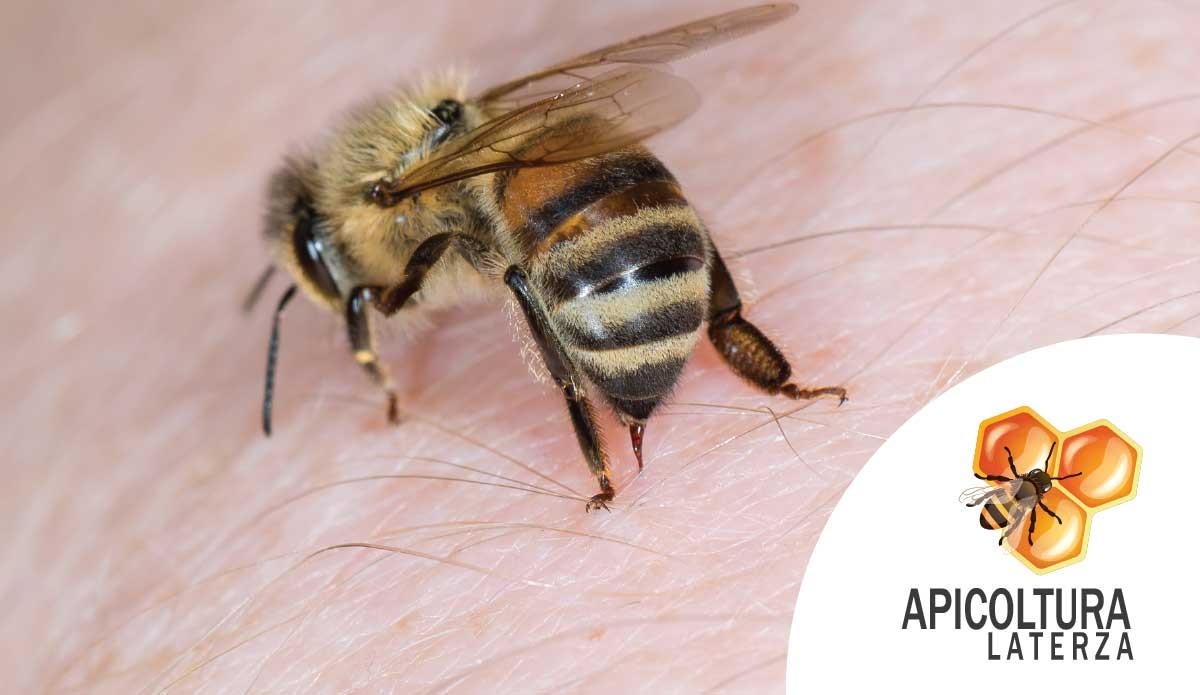How bees reproduce

Reproduction is a very important factor for every living being. Speaking of bees whose lifespan is approximately 42 days, reproducing is a key element for the survival of the family .
A strong swarm is a group of bees composed of a large number of components, even 50 or 60 thousand. But who is in charge of producing new individuals? There is only one answer to this question, which is: the queen bee .
The importance of queen bees
The queen bees are like precious goods very jealously guarded by other bees. The reason is precisely related to reproduction. In fact, worker bees are unable to be fertilized and take care of other tasks related to the welfare of the hive and obviously the care of their queen bee. It will guarantee the turnover of bees for its entire existence by laying eggs in the cells with constancy. From here, new bees or drones will continually be born according to the needs of the hive. The surprising thing is also that the queen bees are able to determine in advance what the sex of the new births will be. From fertilized eggs worker bees will be born, while from the unfertilized eggs only drones or male bees were born, which we will later see play a marginal role.
How queen bees mate
Queen bees spend their entire existence inside the hive. Their physiological needs are satisfied by the worker bees who take care of everything from its nourishment to the maintenance of a constant temperature. Therefore, queen bees never need to leave the hive except for a specific reason which is mating . The queen bee will mate only once in its entire life. All bees are sterile, the queen is the only one who can be fertilized, which is why her mating is an event that makes all the other bees in the hive euphoric. The queen's fertilization process is called nuptial flight .
The wedding flight: how it happens
The nuptial flight transforms a virgin queen into a fertile queen bee .
Upon completion of the metamorphosis, the queen bee comes out of her royal cell and after a few orientation flights, is accompanied by a large group of worker bees. The bees then make their way to the area where the drones are waiting for them. Yes, because we have not yet told you that the queen bee will mate with all the drones of the surrounding hives and not with just one of them. Before mating, the queen will start producing pheromones as a warning to the drones in relation to her readiness for copulation.
After the drones have gathered at a gathering point, the fertilization flight will begin. The latter will take place in turn and each drone will have the honor of mating with the queen. What happens later, however, is that each male bee, following the act, will leave his reproductive organ attached to the queen and consequently will die within a few moments. This fate is reserved for all her successors in the nuptial flight and therefore for all the drones that will mate with the queen. If a drone is unable to reach the queen in flight or for any other reason it is unable to fertilize her, upon her return it will be sentenced to death because the workers in this case will consider it useless and will stop providing him with food. Drones are unable to seek food on their own.
What is the spermatheca
Unlike other bees, queens are equipped with a " spermateca ", a particular internal bag in which they store the drone seed. After several mating, the spermatheca is full and the seed contained inside will be enough for the queen to produce fertile eggs for years. In the event that mating did not occur correctly, the queen would begin to produce only unfertilized eggs from which only drones and not worker bees will live. In this case, the beekeeper will necessarily have to intervene by replacing the queen that if she continued to produce only males in a short time there would be an enormous depopulation. Without the presence of new female individuals, the drones would leave the hive to go in search of other workers who can feed them and the family would disappear.
It is therefore important that the queen mates correctly in order to ensure the turnover of bees in the hive.
How many eggs can a queen bee lay?
The queen bee is able to lay a huge amount of eggs per day. A healthy queen produces around 1500 eggs per day! A very high number! From the eggs laid in the cells, larvae will develop which then, after various mutations and the completion of the metamorphosis, will become adult bees.
Sale of fertile queen bees
Apicoltura Laterza provides for the production and sale of fertile queen bees or virgin bees, swarms, cores, parcels and families of bees. We ship throughout the Italian territory but also throughout Europe. Our Buckfast bees and Ligustiche bees are a sought-after product. We will provide you with a health certificate along with each of your orders. The shipment takes place through professional means that guarantee the animals to maintain an optimal state of health. To buy api online, just visit our section Queen bees and select the desired product and the date of receipt.
If you need further information you can always contact us by accessing our section Contacts .






